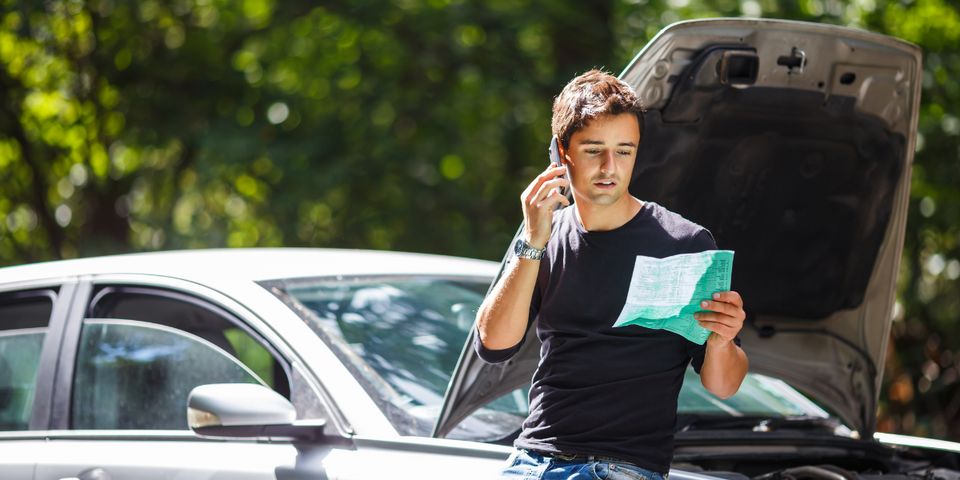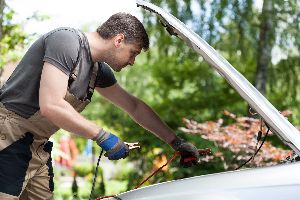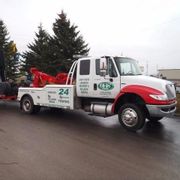
If your car doesn't start, there is a chance the culprit is your vehicle’s battery. You'll need a jump-start to get the car started, but be mindful of how often this happens. If you frequently need roadside assistance, the best solution is to replace the battery. Take a look at the most common signs of a dying battery.
When Do You Need a Jump-Start?
1. No Electric Power

The most obvious sign is when your vehicle doesn’t respond to your key in the ignition. This means your battery is dead and you’ll need roadside assistance to help you with a jump-start.
After getting a jump-start, have the battery and alternator checked by a mechanic. One or both parts may need to be replaced, which will help you avoid this problem in the future.
2. Engine Turns But Doesn’t Start
Though other issues can cause your motor to crank without starting, such as a faulty starter, the problem is typically a low battery. The battery may have some voltage but not enough to fully start the car. After getting a jump-start, let the engine run for about 30 minutes so the alternator can recharge the battery.
3. The Car Sometimes Has Trouble Starting
If your engine problems are intermittent—the car starts fine one day but has trouble the next—there may be something impeding the battery’s ability to deliver power. It could be corrosion, loose terminals, bad cables, or something else drawing power from the system. A jump-start will temporarily fix the problem, but a mechanic will need to figure out the underlying cause.
If your vehicle isn’t starting, reach out to OHS Towing of Columbia Falls, MT. Offering emergency roadside assistance 24/7, they are the largest and most reliable tow service in the Flathead Valley and northwest Montana region. Call (406) 892-1600 to request service or visit their website to learn more.
About the Business
Have a question? Ask the experts!
Send your question

